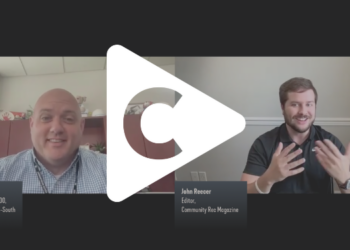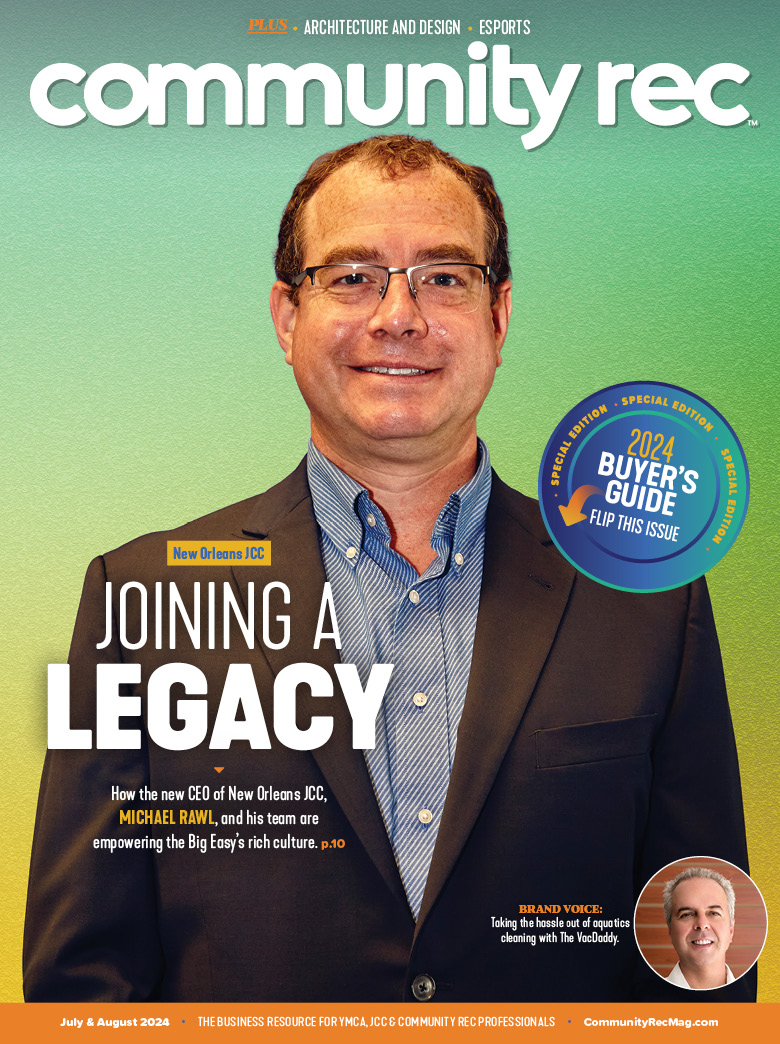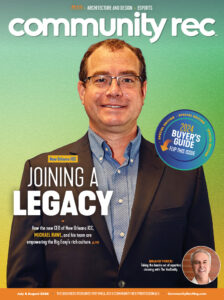Jon Kidwell is a leadership and business coach who helps leaders in mission-driven organizations succeed. This is Part Five in a six-part series devoted to helping you lead, build, care for, and navigate impending issues that will impact the future of your team and your organization. In Part Four, we addressed relationships and results in remote environments. In Part Five we discuss how to create guiding principles that always improve the member experience.
Has this ever happened to you?
You’re in a meeting. It’s an advisory cabinet, an operations meeting, or a senior leadership team meeting. The focus of the meeting is an after-action review. It could be of a season, an event or how the first quarter went. Then, everyone hones in on something they agree was ‘eh’. Maybe it was the subpar game set-up, the lackluster call to action at the event, or a key decision of a service line that resulted in too much money spent on a project that didn’t align with the goals. And everyone in the meeting has similar thoughts and ways of processing why, how and what could be improved moving forward to improve the experience and outcome. Then someone states, “It’s so obvious! And we’ve gone over this before. How do they not get this?”
We’ve all been there. And we’ve all been frustrated and fed up. If you’re like me, you’ve probably thought or said that last statement at a time when you weren’t at your best. Whether you need to apologize or courageously step up in the meeting – it’s time to own our part as leaders and take the opportunity to communicate our expectations and improve the experience for everyone involved.
Even if you and your organization align with what’s been shared in this series of articles it’s possible to have a culture where everyone feels like a part of the team, healthy relationships are present and results are known, BUT we’ve still neglected to teach and model HOW we achieve expectations. We reasonably assume we all have a heart for the mission, see the same information and will make the same choices. It goes without saying. But here’s the thing – if it goes without saying then it’s best to not go without being said.
When we neglect to share how to achieve expectations, we set our team up to fail, create a space where the ends could justify the means and create a lackluster member experience. The other side of this problem is we tell people how to achieve expectations by merely telling them how to do everything. Both ways are frustrating – for the leader, the team member and the member – because of the sheer overwhelm of things to do and the reliance on approval before acting. Instead of neglecting it altogether or telling people how every step of the way, give them a set of guiding principles that inform why, at what level of quality and how we expect our service to be performed.
Principles for Mission-Driven Service
Leading through guiding principles creates an environment where the mission, vision and values can be upheld while the team operates independently and makes thoughtful and aligned decisions towards a shared goal. On top of that, when they’re mission-driven and we communicate how each principle reinforces the other, the principles create a virtuous cycle that constantly raises the people, work quality and member experience.
Things to consider when setting guiding principles:
- Do they express or point to strongly held beliefs and values?
- Are they simple and applicable?
- When followed, will they influence the outcomes toward our expectations?
- Will these empower decision-making?
- Do they allow for flexibility and creativity?
- Can each guiding principle stand alone?
- Do they work together holistically?
- Do they lead us toward continuous growth and improvement?
- Will they create a great experience for the people we serve?
In that next advisory cabinet, operations meeting or senior leadership team meeting, start the process. Set the intention, invite input from multiple and various stakeholders and begin to ask the above questions. When you do you will lead and guide the team to take the first step in creating an always improving excellent experience for the team you lead and the members you serve.
Wish you had an example of what it looked like in action? Here is a set of cause-driven service principles slightly adapted from what the team and I created in 2019 to help us lead, teach and guide our team to an even better level of service and member experience. We created three guiding principles (cause-driven, excellent, effective) and supported them with definitions and activities that informed how to deliver on the principles.
Cause-Driven Service Principles
Cause-Driven: This means putting Judeo-Christian principles into practice through programs that build healthy spirit, mind and body for all.
- Through caring, honesty, respect, responsibility and faith.
- To empower youth, create healthier families and build inclusive communities.
Excellent: It is excellent when we work with a whole heart to fulfill the Cause.
- Over-deliver on the anticipated experience.
- Follow-through on intentional actions consistently over time.
Effective: It is effective when it positively impacts and improves the Cause.
- When the resources used produce or exceed the desired results.
- When it empowers others for futures outcomes.
When we deliver an excellent experience in a mission-driven way it is attractive. It’s attractive to the communities and members we serve, to our donors, to our team and it ultimately attracts more resources. This is great because the value of some of our resources (i.e. – money) is changing quickly. And the need, and expectation, around compensation is too.
Check back next week when we dive into the topic of compensation.











